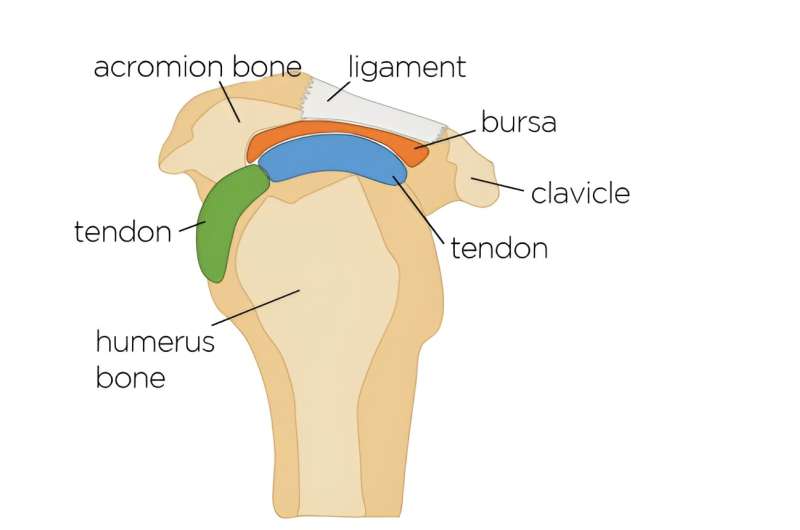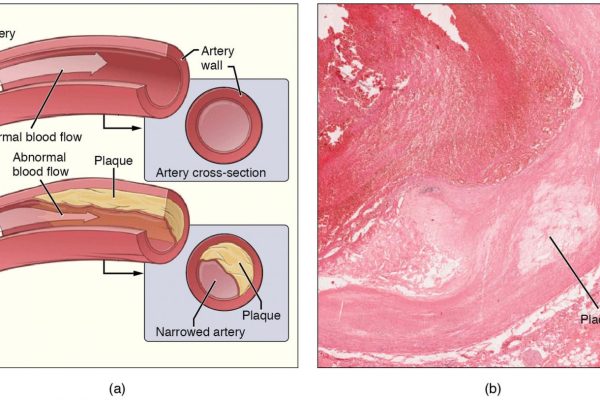
A common practice of shoulder surgeons may be impairing the success of rotator cuff surgery, a new study from orthopedic scientists and biomedical engineers at Columbia University suggests. The work is published in the journal Science Translational Medicine.
During the surgery, surgeons often remove a tissue called the bursa while repairing torn tendons in the shoulder joint, but the study suggests that the small tissue plays a role in helping the shoulder heal.
“It is common to remove the bursa during shoulder surgery, even for the simple purpose of visualizing the rotator cuff,” says Stavros Thomopoulos, Ph.D., the study’s senior author and the Robert E. Carroll and Jane Chace Carroll Laboratories Professor of Orthopaedic Surgery at Columbia University Vagelos College of Physicians and Surgeons.
“But we really don’t know the role of the bursa in rotator cuff disease, so we don’t know the full implications of removing it,” Thomopoulos says. “Our findings in an animal model indicate that surgeons should not remove the bursa without carefully considering the consequences.”
The challenge of rotator cuff surgery
If you haven’t yet injured your shoulder, it may just be a matter of time.
Most damage to tendons in the rotator cuff comes from wear and tear that accumulates over years of repetitive motions. Among people over 65, about half have experienced a rotator cuff tear, which can make simple daily tasks like combing one’s hair difficult and painful.
More than 500,000 rotator cuff surgeries are performed each year in the United States to repair these injuries, restore range of motion, and alleviate pain, but they frequently fail—ranging from one in five surgeries in young patients to as high as 94% in elderly patients with large tears.
Rotator cuff repairs usually fail because of poor healing between tendon and bone where the tendon is reattached to the bone.
…









